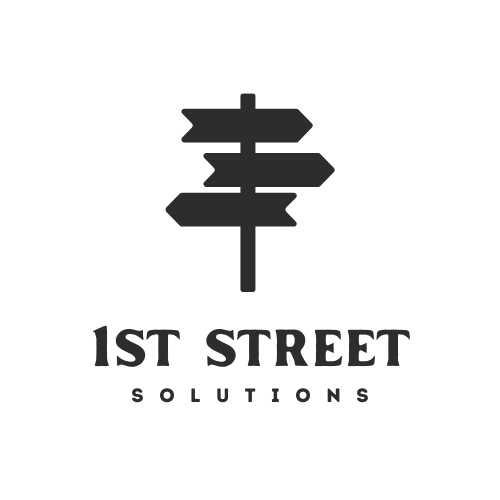Understanding how GST works in Australia is essential for business owners, freelancers and anyone who charges for goods or services. In Australia, the standard GST rate remains at 10% on most taxable supplies. In this guide you’ll learn how to calculate GST, apply it properly, handle registration obligations, and make use of real-life examples and tips for better compliance.
What is GST in Australia?
The Goods and Services Tax (GST) is a consumption tax applied to most goods and services sold or consumed in Australia. According to the Australian Taxation Office (ATO), it is a broad-based tax of 10% on most taxable supplies. Some goods and services are GST-free or input-taxed, meaning you won’t charge GST or claim credits in the usual way.
If you run a business in Australia and your GST turnover (gross income from taxable supplies) is AUD 75,000 or more (or AUD 150,000 for non-profits) in a 12-month period, you must register for GST. Once registered, you must:
- Include GST (10%) in the price of taxable supplies.
- Issue proper tax invoices.
- Lodge activity statements (Business Activity Statement, BAS) and pay the net GST to the ATO.
- Claim input tax credits for GST included in business purchases.
If you are not registered (because you are under the threshold and choose not to register), you’re not required to include GST in your prices and you cannot claim GST credits.
How to calculate GST (with examples)
1. Calculating GST inclusive price
If you have a base cost (excluding GST) and you need to charge GST:
Formula:
Total price = Base price × 1.10
Example:
Base cost = AUD $1,000 → GST at 10% = $100 → Total price = $1,100.
2. Extracting GST from a GST-inclusive price
If you know the total amount charged including GST, you can work backwards to find how much GST is included:
Formula:
GST amount = Total price ÷ 11
Base price = Total price ÷ 1.10
Example:
Total charged = AUD $1,100.
GST amount = $1,100 ÷ 11 = AUD $100.
Base price = $1,100 ÷ 1.10 = AUD $1,000.
3. Business example: A service provider
Sarah, a graphic designer registered for GST, quotes a client AUD $2,200 for a logo project, GST inclusive.
- GST component = $2,200 ÷ 11 = AUD $200.
- Base fee (excluding GST) = $2,200 ÷ 1.10 = AUD $2,000.
She must record the sale as $2,000 of taxable supply and $200 GST collected.
4. Purchasing business equipment (claiming input tax credits)
Sarah buys a computer for use in her business for AUD $1,100 (GST inclusive). Because she is GST-registered, she can claim the GST credit:
- GST paid on purchase = $1,100 ÷ 11 = AUD $100.
She records the purchase as: Base cost = $1,000, GST credit = $100.
Common GST pitfalls and tips
- Ensure correct rate: The standard rate is 10%. Double-check if your supply is GST-free or input-taxed (for example some education, health, exports).
- Issue tax invoices: For your customers to claim credits, you must issue tax invoices showing GST component and other required details.
- Keep good records: Maintain purchase invoices, original tax invoices and transaction records, as you may need them for audits.
- Register on time: If you exceed the threshold, register within 21 days of becoming aware.
- Reconcile GST collected vs GST credits: When you lodge your BAS, you’ll pay GST collected minus GST credits.
- Understand your classification: Some supplies are GST-free or input-taxed — learn what category your business’s supplies fall into.
- Use software/tools: Many accounting packages and online tools calculate GST automatically, reducing error risk.
Practical Tips for Managing GST in Your Busines
- Set aside the GST portion: Whenever you charge GST, temporarily set aside the 10% portion so you’re not surprised when your BAS is due.
- Use accounting software: Helps you tag supplies correctly and separate GST amounts.
- Train your team: If staff create invoices, ensure they know how to record and issue tax invoices correctly.
- Review your GST turnover: Monitor regularly if your turnover is approaching the registration threshold.
- Consult a tax professional: Especially when dealing with exports, digital services or special classifications.
Final Thoughts
Calculating and managing GST in Australia doesn’t have to be complicated. Once you understand the 10% rate, how to include or extract it, and the registration rules, you’re well on your way to compliance and smooth admin. Using real-life examples and following practical tips ensures you stay organised, charge the right amounts, and claim the full input tax credits you’re entitled to.
Stay on top of your GST obligations, issue accurate tax invoices, maintain clear records and review your turnover — and you’ll make the “admin” side of tax work for you, not against you.







